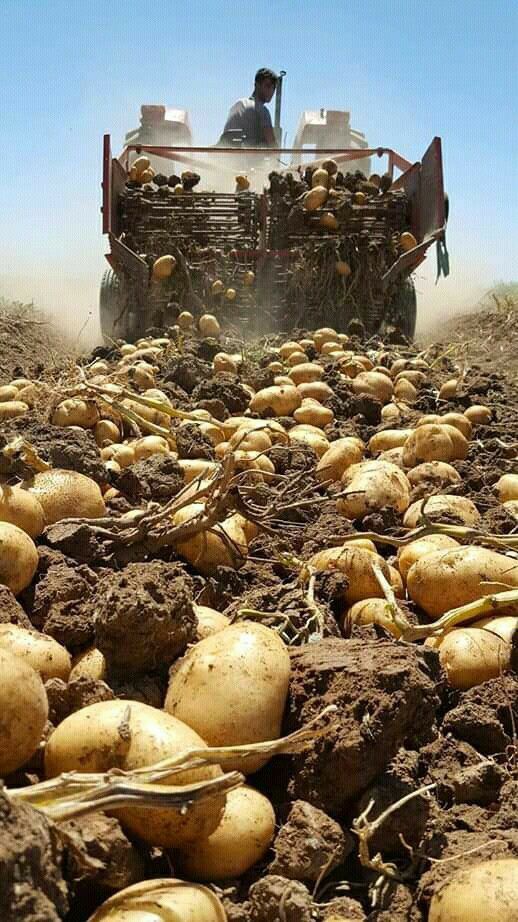Introduction
In today’s world, with growing concerns about climate change, biodiversity loss, and food security, there is an increasing need to shift towards sustainable food production systems. The whole farm approach is an innovative and holistic strategy that promotes environmentally friendly agriculture by considering the farm as an interconnected system. In this blog post, we will explore the concept of the whole farm approach. We will discuss its key principles and benefits in promoting sustainable food production.

Understanding the Whole Farm Approach
The whole farm approach recognizes that every component of a farm – from soil health to crop diversity, water management to livestock integration, and energy use to waste management – is interconnected and influences the overall sustainability and productivity of the farm. It emphasizes the integration of multiple practices and techniques to create a harmonious and resilient farming system

Key Principles of the Whole Farm Approach:
1. Soil Health and Regenerative Practices:
A healthy soil ecosystem is the foundation of sustainable food production. The whole farm approach focuses on practices that promote soil health, such as organic matter management, crop rotation, cover cropping, and reduced tillage. These practices improve soil structure, enhance nutrient cycling, and increase water-holding capacity, leading to improved crop yields and reduced environmental impact.

2. Biodiversity conservation
A diverse farm ecosystem is essential for pest management, pollination, and overall ecosystem resilience. The whole farm approach encourages the integration of diverse crops, agroforestry,and natural habitat preservation. By promoting biodiversity, farmers can reduce reliance on synthetic pesticides, enhance natural pest control, and create a more resilient and productive farm system.

3. Efficient resource management
The whole farm approach emphasizes the efficient use of resources such as water, energy, and inputs. Techniques like precision agriculture, water conservation measures, renewable energy adoption, and integrated pest management help minimize resource waste and reduce the ecological footprint of farming operations

4. Livestock Integration and Animal Welfare
Integrating livestock into the farming system can improve sustainability. Well-managed rotational grazing systems, for example, enhance soil fertility, control weeds, and improve pasture health.The whole farm approach emphasizes animal welfare, promoting practices that ensure human treatment, access to open spaces, and proper nutrition for livestock.

BENEFITS OF THE WHOLE FARM APPROACH
1. Environmental sustainability
By adopting the whole farm approach, farmers can minimize soil erosion, water pollution, and greenhouse gas emissions. Sustainable farming practices promote natural resources conservation and protect biodiversity, contributing to ecosystem preservation and combat climate change.
2. Economic Viability
The whole farm approach aims to enhance farm profitability and economic resilience. By diversifying crops, optimizing resource use, and reducing input costs, farmers can improve their financial stability and reduce their dependence on external inputs. Additionally, sustainable farming practices often lead to increased market demand for environmentally friendly and ethically produced products, providing farmers with new market opportunities.
3. Social well-being
Sustainable food production fosters stronger connections between farmers and local communities. By prioritizing community engagement, organic farming practices, and the production of healthy and nutritious food, the whole farm approach promotes social well-being,food security, and improved public health outcomes.
SUMMARY
The whole farm approach offers a comprehensive and forward-thinking strategy for sustainable food production. By embracing this holistic approach, farmers can improve soil health, preserve biodiversity, optimize resource use, and integrate livestock in a manner that respects animal welfare. Benefits extend beyond environmental sustainability, encompassing economic viability and social well-being.
As consumers, we also have a role to play in supporting sustainable food production by choosing locally produced, organic, and ethically sourced products. By embracing the whole farm approach and making conscious choices, we can contribute to building a more resilient and sustainable food system. This ensures food security, protects the environment, and nourishes communities.
REFERENCES
1. Food and Agriculture Organization of the United Nations (FAO). (2018). Transforming Food and Agriculture to Achieve The SDGs: 20 interconnected actions to guide decision-makers.
2. Sustainable Agriculture Research and Education (SARE). (2001). Whole Farm Planning For sustainable Systems.
3. Lal, R. Restoring Soil Quality to Mitigate Soil Degradation. Sustainability 2015, 7, 5875-5895.https://doi.org/10.3390/su7055875Note:
This blog post is for informational purposes only and should not be considered a professional advice


